Archives
now browsing by author
PAEA 2017 Conference Insights: 3d!
Hi Art teachers! Getting ready for Pittsburgh? Here’s a couple sessions to look forward to if you’re trying to learn more about integrating 3d printing into your art studio:
3D Printing Benefits for the Art Room and Special Needs Students (presented by Chris Sweeney, Philly’s premier 3d printing enthusiast)
Friday, Oct 20th at 11:30am
Art ed meets design meets 3D Printing meets the world helping others for a better experience in the art room.
Getting Started with 3D Modeling, Scanning, Printing & Animation in the Classroom (presented by Robb Bomboy and Cory Wilkerson)
Saturday, Oct 21st at 3:00pm
How do I get started with teaching 3D modeling, 3D animation, 3D scanning and printing? This question is daunting for many educators considering the lack of content and skill based knowledge for emerging technologies. This session will provide attendees with a practical, national media arts standards–based approach to teaching 3D design in the art classroom using the powerful free software, Blender.
PAEA trip to Cuba!
Hola, Art Teachers!
This Summer, members of PAEA embarked on a trip from Pennsylvania to Havana to experience Cuban culture, learn about art and education there, and share ideas and inspiration with our fellow teachers.
In the midst of this Socialist island, we found ourselves in a sort of time warp, surrounded by latino culture, 50’s Americana, 70’s and 80’s Soviet influences. With our guide, we visited cities, small towns, and a biosphere, swam in rivers and the gulf, and met local Cuban artists in many mediums.
Instead of a complete reiteration of our itinerary, I thought I’d share a few inspirational highlights, with a special focus on those that I felt might lead to lesson plans:
FUSTERLANDIA (Jaimanitas, outside Havana)
Mosiac artist José Fuster has created a whole magical neighborhood, constantly expanding for the past 20 years. It was cool to explore the grounds and walk through his workshop, finding repeating themes and symbols in his work. His simple images and complicated forms reminded me of Isaiah Zagar’s Magic Gardens in Philly! I think I’m going to revamp an old Zagar lesson, showing some images of Fusterlandia to my students. What is the same, and what is different in these two artists’ work?
CAMERA OBSCURA (Plaza Vieja, Havana)
On the top floor of a vila in Havana (115 ft up!) a “Cámara Obscura” (invented by da Vinci) uses mirrors and a lens to project a live 360 degree view of Havana onto a platform in a pitch black room. I was in awe – as a photo student, I’ve been introduced to the concept of camera obscura, and even seen some primitive examples of it. This one though, blew me away. The operator used manipulated it and focused it with such precision that we could see individual figures on rooftops having breakfast and going about their days, far from where we stood. Two PAEA members shared ways to create camera obscura lessons with students in your studios or art rooms!
ANTWERP HANDS (Children’s Museum in Havana)
Across the plaza, we found a children’s art gallery featuring a traveling exhibit from Antwerp Hands. Loads of illustrated hands featuring the theme of friendship were on display, along with the ideas of different culture’s phrases, stories, and lore involving hands. I’ve got a feeling I’ve got a hand project in my future!
KORIMAKAO CULTURAL PROJECT (Zapata wetlands)
This rather out of the way spot is home to Korimakao Community Arts Group – which brings art, theatre, music and dance to small towns and the rural communities of Cuba. When we visited, we were treated to an enthusiastic live music performance, saw dancers perform in their studio, and got to see the visual art gallery featuring member’s work. The work on display gave me some ideas about presenting work in shows – particularly these cool spin art paintings which were displayed on light boxes! Definitely gave this work an added dimension.
SANTANDER POTTERY (near Trinidad)
We got to visit the Santander family pottery studio. All of us art teachers have thrown on a wheel at some point, and I gotta say, we were blown away with the deftness and skill we saw from these master potters. I’ve never seen something I know to be difficult look SO easy. It was awesome to get a live demo!
Among all the pots and vases (which were available for purchase, and yes, broke in my luggage on the way home), were these very cool delicate windchimes. I bought two, (one for home and one for my art studio), where I hope to use it as an inspiration so we can do some collaborative work with some air dry clay. Maybe each class will make one together?

RECYCLED OBJECTS
One thing we noticed again and again through our travels on the island was the use of recycled materials. Like I do, you may associate Cuba with a sort of vintage aesthetic, and that’s no joke. With US embargoes going back 50+ years, access to general supplies can be sporadic, and acquiring “frivolous” materials (like art supplies) is nearly impossible. We saw so many beer cans, bottles, second hand fabrics, even palms – repurposed into visual art. I bought a couple small items that fit the bill to bring back and show my students when it comes time to do a recycling project! I know they’ll be impressed with the craftsmanship and ingenuity.
EMBROIDERY (mainly in Trinidad)
I can’t resist some beautiful embroidery. We saw so much cool textile/embellishment work (particularly in Trinidad) that made me decide I *must* get some needles and thread (or…floss?) into my kids hands next year. Gotta work on the logistics for that one!
TILE (Havana and Trinidad)
Sooo many crazy tiles. In the cities with older architecture, the beautiful ceramic repeating patterns were everywhere, and I couldn’t resist them. Bright colors, geometric and organic shapes, crazy combinations. Working out how I might implement this in a lesson. And into my kitchen.
What an awesome opportunity to bring new perspectives to our students. Can’t wait to see where else PAEA might go next! Keep your eye on the blog, IG, and turn out for conferences to learn more.
Video of our trip here!
Resources for Art Teachers: PITC Grant
My pre-K studio at school is my second home, and I’m sure a lot of teachers feel that way about their art room. About a year ago, I discovered, applied for (and was awarded!) an easy grant that helps teachers get classroom pets for free! It’s seriously the easiest grant application you’ll ever lay eyes on. Find it at PetsInTheClassroom.org.
At my school we ended up with a cute little betta named Chaseaway, who we love to draw and talk to. Below read about Philly art teacher Johanna Marshall’s experience with PITC:
(above, Johanna’s sweet little bundle of joy “Cupcake” chills in his cage)
From Johanna:
Pets in the Classroom gave our tough little corner of Philadelphia an opportunity to have a sweet, funny, goofy pet to love. We got a baby crested gecko, and if you’ve never seen one, imagine a thumb-sized dinosaur that licks its eyeballs and likes to nap upside down. Students got ready by learning about how to take care of a gecko, and then designing a habitat that would meet all its needs.
A few of my challenging older students helped me set up the tank and introduce the gecko to it, and they’ve been transformed by responsibility by the task, checking in on it each day and making sure other students follow the rules of pet care. We held a schoolwide vote on its name, talking about the democratic process, and decided on . . . Cupcake!
Cupcake has been the subject of many loving sketches, and when it shed its skin we tried it out by peeling glue off our hands. As soon as it’s more comfortable being handled, we’ll bring it out to draw, paint, and sculpt. In the meantime Cupcake reminds us to stay calm in the art room, and will reward us by coming out to climb around its tank and check us out, and sometimes come around the room to visit everyone.
Post Conference Blues?
Whew. What a weekend. I clapped for friends getting awards and recognitions, I connected with old teacher friends (and accidentally wore the exact same outfits as some of them), met some new ones, presented and painted with other teachers, won a raffle(!), and learned so much from fellow art educators.
If you attended the conference, I feel pretty confident in assuming you walked away with some new lesson plan ideas, new tools (both physical and philosophical) and hopefully, a renewed enthusiasm for your career.
So what now? Don’t want to lose that refreshed teacher glow? Here’s my plan.
REVISIT WINNING IDEAS:
The presenters and speakers have posted their slides (and research, and directions, etc) on a shared Google drive. It’s searchable and shareable! Check it out here.
STAY CONNECTED TO YOUR PROFESSIONAL COMMUNITY:
PAEA’s Facebook group is poppin’ lately, and is a great resource for lesson plans, supplies, and professional development opportunities (and obviously keep your eye on this blog).
There’s also a number of sub-groups that you should think about joining if they apply to you:
PAEA Elementary Art (for those of us who hang with little kids.)
PAEA Special Needs in Art Ed (lots of ideas for those working in Special Ed or with a desire to serve your special needs students better!)
PAEA Higher Education (pretty self explanatory)
and theres more for students, non-public teachers, and various regions have their own FB pages too. Check out yours to connect to your fellow art teachers!
Philadelphia area art teachers, best be sure your a part of PATA (Philadelphia Art Teachers Alliance), run by our girl Leslie Grace. The Facebook group is where it’s at (loads of good events and resources, in addition to monthly meet ups.
GET SOCIAL:
Find PAArtEd on Instagram. We’re trying to highlight lots of fun art teacher stuff, highlighting our teacher members work, great lessons, and cool resources. You can tag us (@PAArtEd) to share and maybe get featured! It’s a great way to quickly connect when you’ve got a few minutes between classes (if you’re so lucky), or while you’re waiting for your lunch to microwave.
Anyone else have any post-conference motivational strategies?
Cross Pollination Opening at Tyler
If you live in Philly you know that taking advantage of First Friday is the super easy way to see what other artists are making and get inspired. We’re all stoked that this year’s conference corresponds with First Friday, and today I’ll highlight one opening that we (as art teachers) can be really excited about!
Cross Pollination is opening at Tyler school of Art and will feature the work of art educators and their students! The reception (with treats) is October 7th from 5-7. So scoot on out from your last session and head to Tyler to catch this show!
The show is curated (and installed) by Marie Elcin, a Philly art teacher (who will also be presenting at PAEA) who’s involved with all sorts of awesome projects. The show will feature photographs, book art, textiles and more from thirteen educators (including yours truly!) and their students, highlighting the dialog between teachers’ and students’ work.
Exhibiting Artists: Charlene Caosecco, Jennifer Galati, Amanda Eisen, Jamie Forsland, Lynne Horschack, Sue Liedke, Christina Lukac, Katrina Rakowski, Jennifer Rodgers, Lindsay Sparagana, Joy Waldinger, Lauren Whearty and Diane Wilkin.
The show is juried by: Rochelle “Rocky” Toner (Tyler’s former dean), and Tyler Alum Nancy Citrino and Marie Elcin.
Sneak Peek! Exploring Religious Art with Marie Huard
I expect a lot of us struggle with whether or not to incorporate religious art into our curriculum, so I was excited to read about Marie Huard’s PAEA presentation – “From Hajj Paintings to Prayer Flags: Exploring Religious Art”. If you want to hear about how she engaged her students in a semester long study of religious art, check out her session Friday at 2pm in Sarah Peter 202.
From Marie:
I have never shied away from including a religious painting or two in the art curriculum, but last year, I decided to go all the way and engage in a semester long unit on the art of the five major world religions with my 5th and 6th grades. I am so glad I did! At Greene Street Friends School, we cherish the belief that people who are different from us are interesting and worth getting to know, so I knew I would have support from parents and my colleagues. What I wasn’t expecting was the intense interest of my students. They loved learning the stories that inspired the artwork that we looked at together and telling their own stories. I learned so much about my students!
At the conference, I will share a crash course version of the unit. I will give an overview of the basic tenets of Islam, Christianity, Judaism, Buddhism, and Hinduism as we look at paintings, calligraphy, stained glass, mosaics, mandalas, and contemporary comics. I will also share the prompts I gave my students and show examples of their work. It will be a lot to pack into 50 minutes, but participants will also receive materials to make a prayer flag with their own good “wishes for the world.”
Sneak Peek: Clayprinting at PAEA 2016
Some of the conference presentations I find most valuable as a teacher feature hands-on demonstrations. With that in mind, I offer you something else to add to your list of “Things to Check Out at the Conference” this year! Potter turned printmaker, Mitch Lyons will be doing a demo on making clay monoprints – bright and early Friday morning! I love printmaking with students, and I feel like they’d be very into these techniques (and the results):
Check out Mitch’s work at his website, and read the description below:
Mitch Lyons, innovator of the clayprinting process and author of The Art of Printing with Clay, will be demonstrating at this year’s PAEA Conference on Friday, October 7th, at 9:00 AM.
Since 1968 Mitch has been pioneering his image making from a slab of leather-hard stoneware clay. Mitch will demonstrate how he applies colored slips, one color over another, and then builds a design using textures, slip trailing, pastels, and stencils. Once ready to print, a moistened piece of paper/canvas is placed over the slab. Pressure is applied using a rolling pin to transfer the clay slips onto the substrate to create a one-of-a-kind clay monoprint. Using very simple techniques and tools, he is able to achieve very sophisticated results. You’ll be inspired to take this simple, non-toxic printing process back to your own classroom to teach your students!
You can view examples of Mitch’s clay monoprints by visiting his website mitchlyons.com. Several videos are also included on his site that show the process in action. Visit him later at his booth in the vendor area where he will have his book, DVDs, calendars and more for sale.
FREE art supplies!? Aaron Weber PAEA Conference Sneak Peek
Hello art teachers! Today I’m giving you another conference sneak peek – one that I’m guessing LOTS of us would be excited to master. Like so many of us who work in underfunded art departments, Aaron Weber knows the struggle. Check out his description of his presentation below, and pencil it in – Saturday October 10 at 2pm!
Worried about your lack of supplies and your almost non-existent budget? FREE ART SUPPLIES will provide tips and tricks for utilizing materials in different ways, collecting items that can be used in the classroom, and making supplies from ingredients you probably have in your kitchen cabinet. All processes are fun and easy, and can become a lesson in itself. You’ll even be excited about all of those catalogs and the unwanted paperwork you collected at the conference.
glad to meet you!
Hello art teachers!
I’ll be assisting with the PAEA blog and social media, and also thought I’d take a minute to introduce myself. My name is Sue Liedke, and I teach art in Philly.
You can usually find me making art with very little kids, at an arts-based Headstart pre-Kindergarten in Queen Village. I love introducing them to art history, and connecting what they’ve learned to their hands-on artmaking lessons. Some of my favorite experiences lately have been bringing local artists into the studio to meet the kids and collaborate!
I also dip into museum education, and teach Family Arts Academy and Summer Art Camp at PAFA. It’s so awesome to make art with kids in the oldest art museum in the country!
Aside from teaching art, I’m very into traveling (and try to see lots of art in different cities and countries!), brainstorming Halloween costumes, and watching movies outside.
Feel free to check out some of the projects I do at my blog, PUPPYJAWNS, or connect with me on Instagram under the same name. I love sharing ideas with other art teachers, and find tons of inspiration from my social media pals! Looking forward to growing our professional community through this blog!

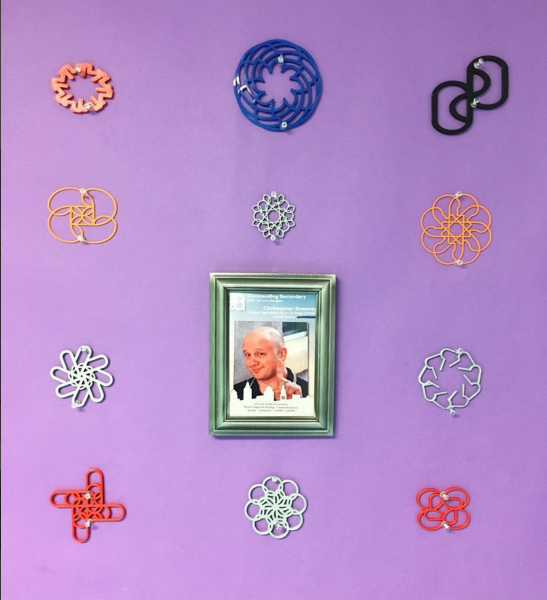
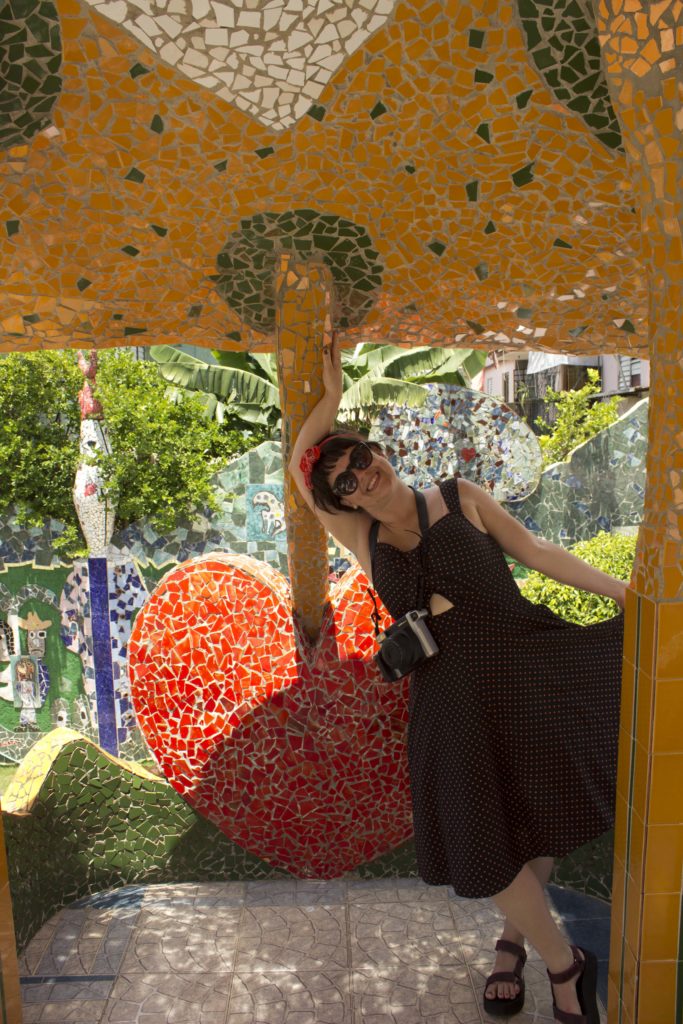

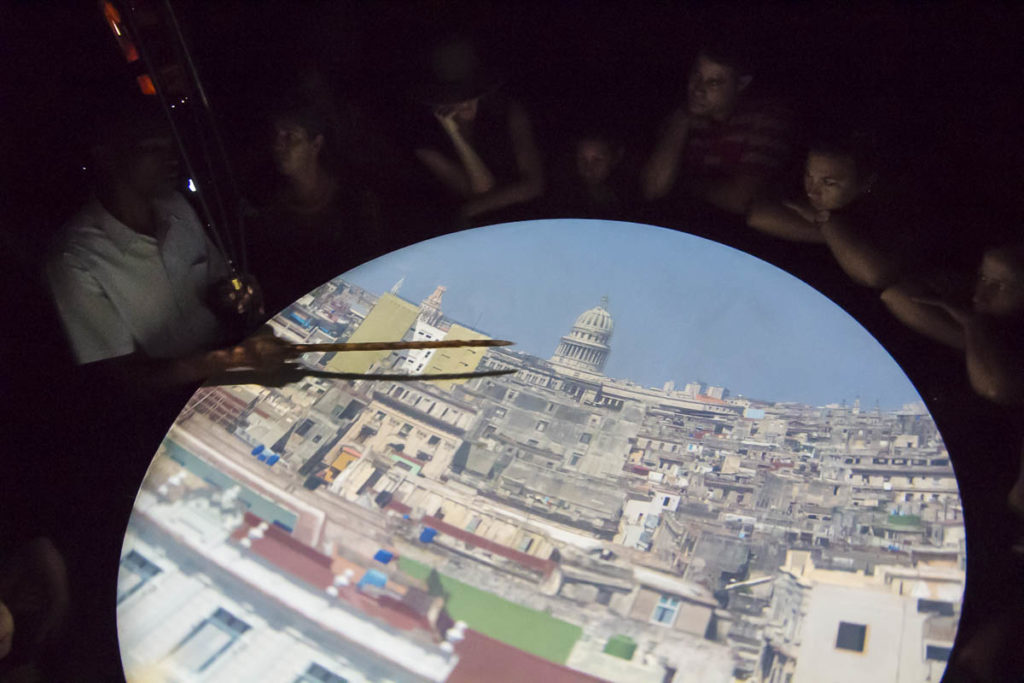
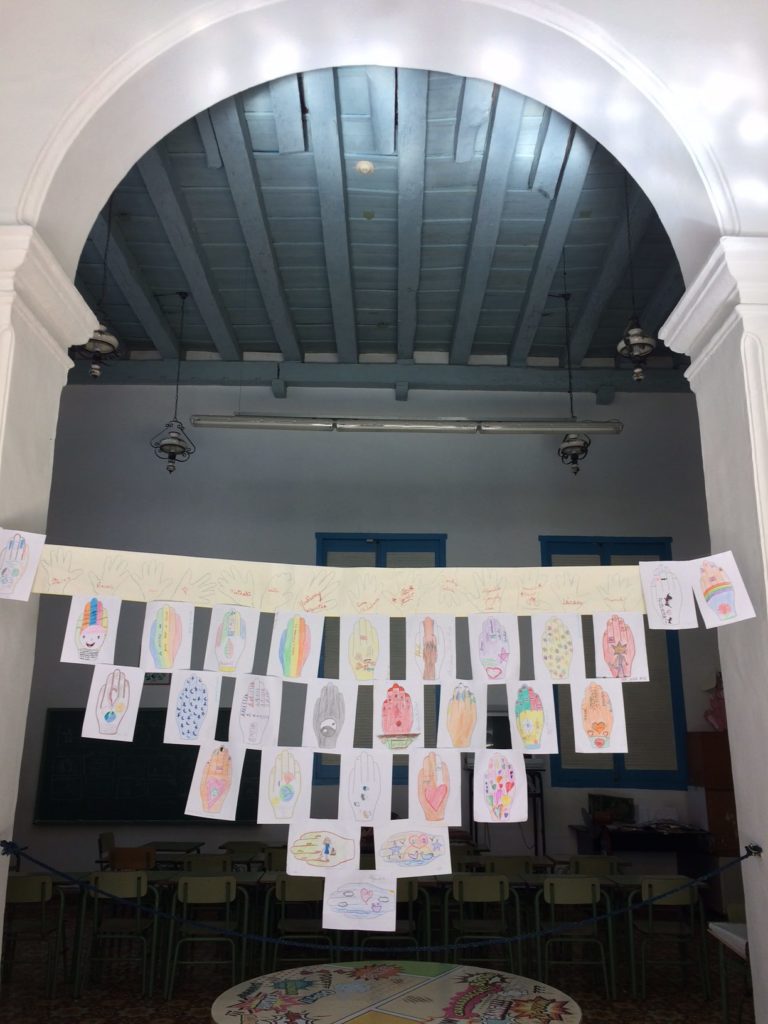
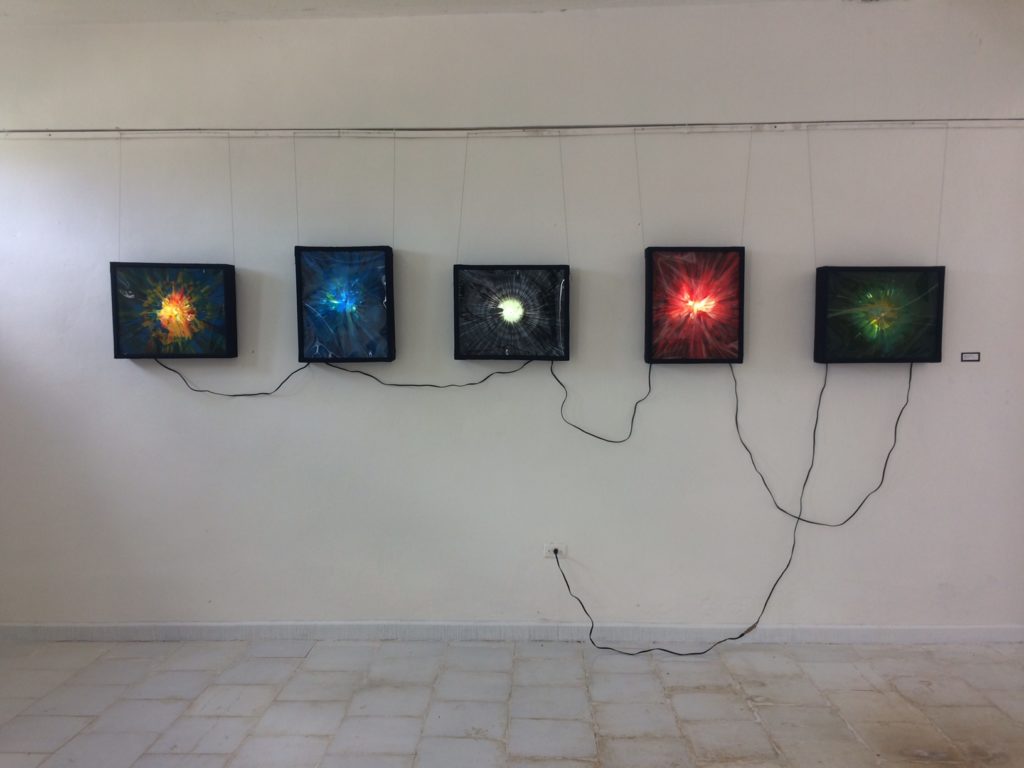

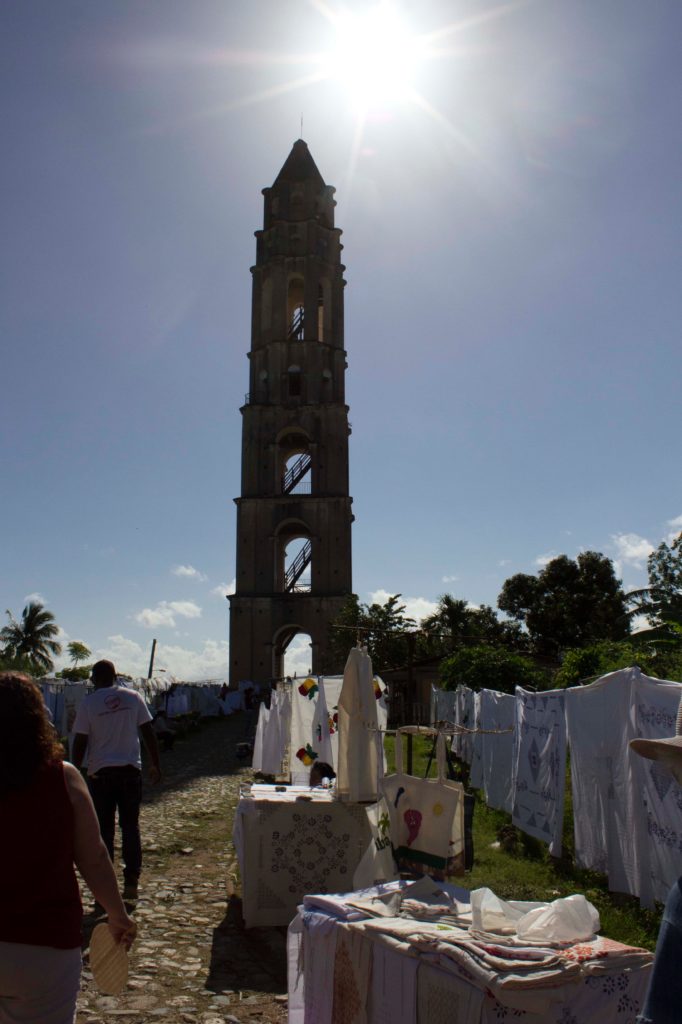
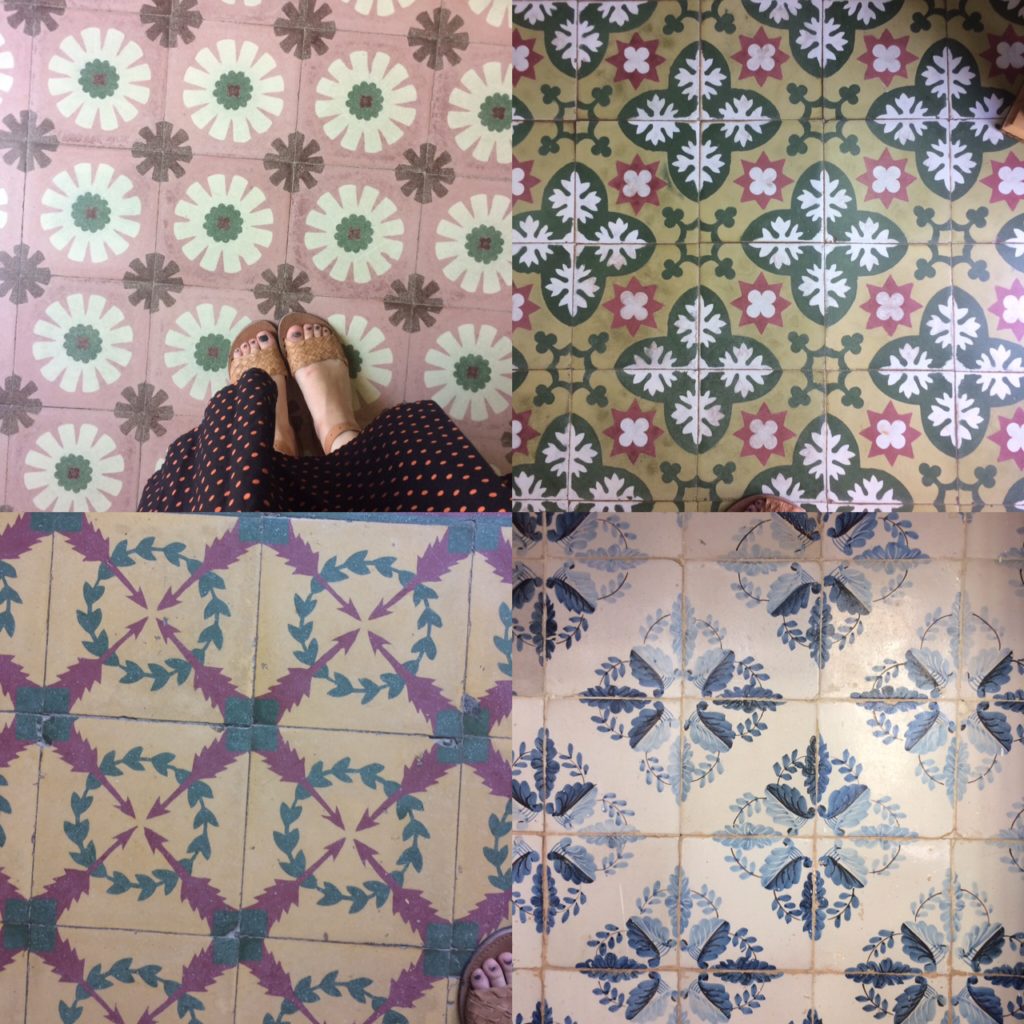
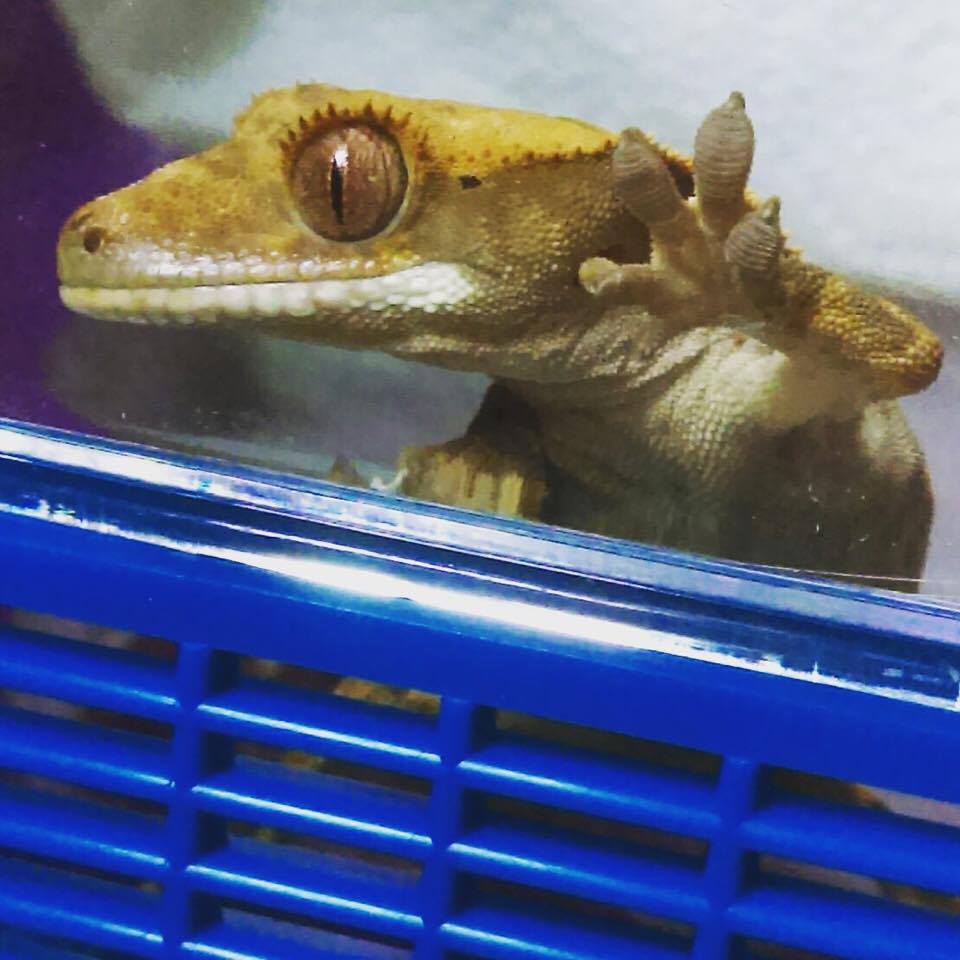
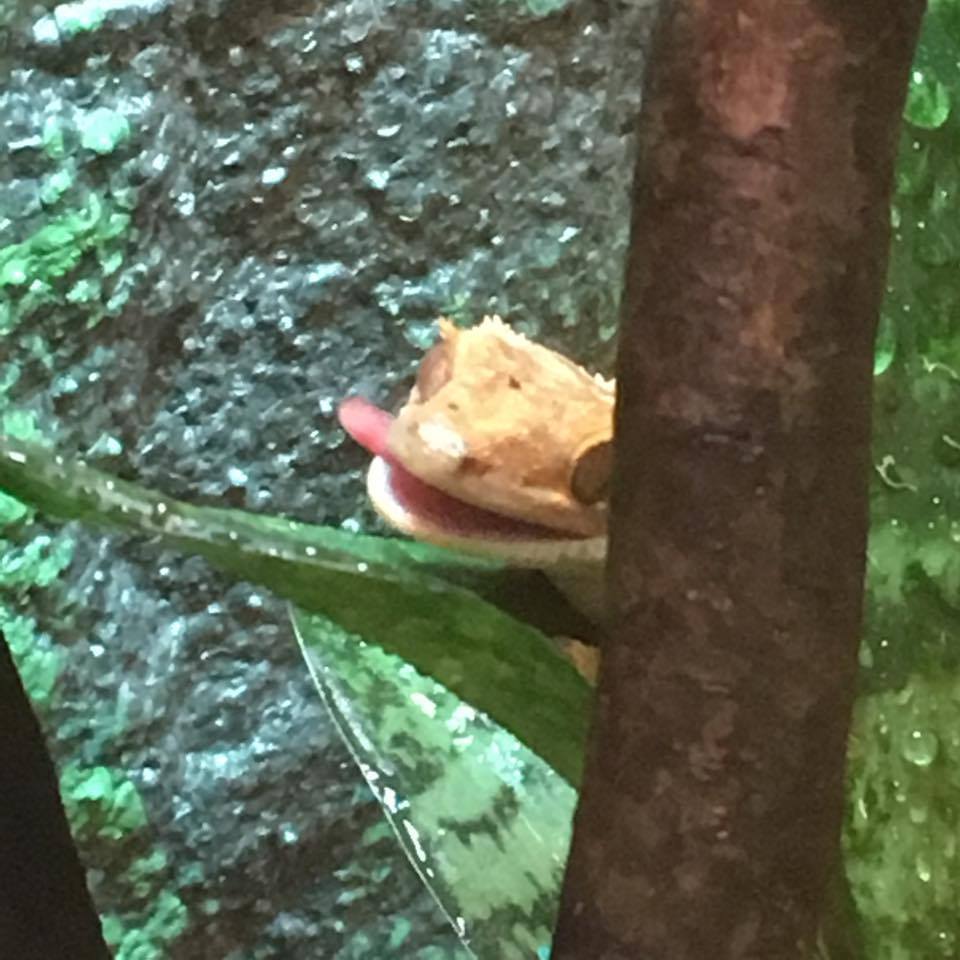

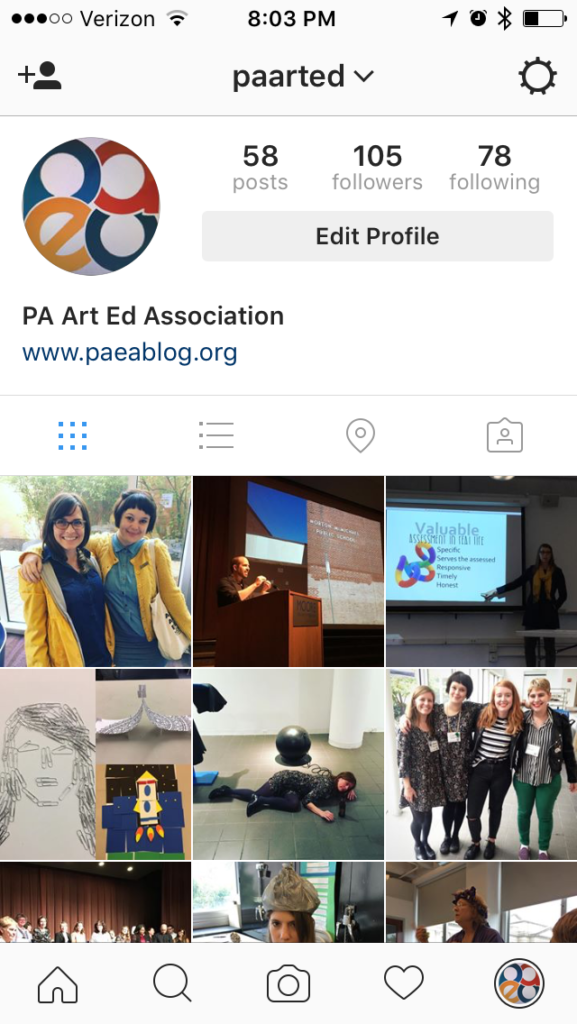
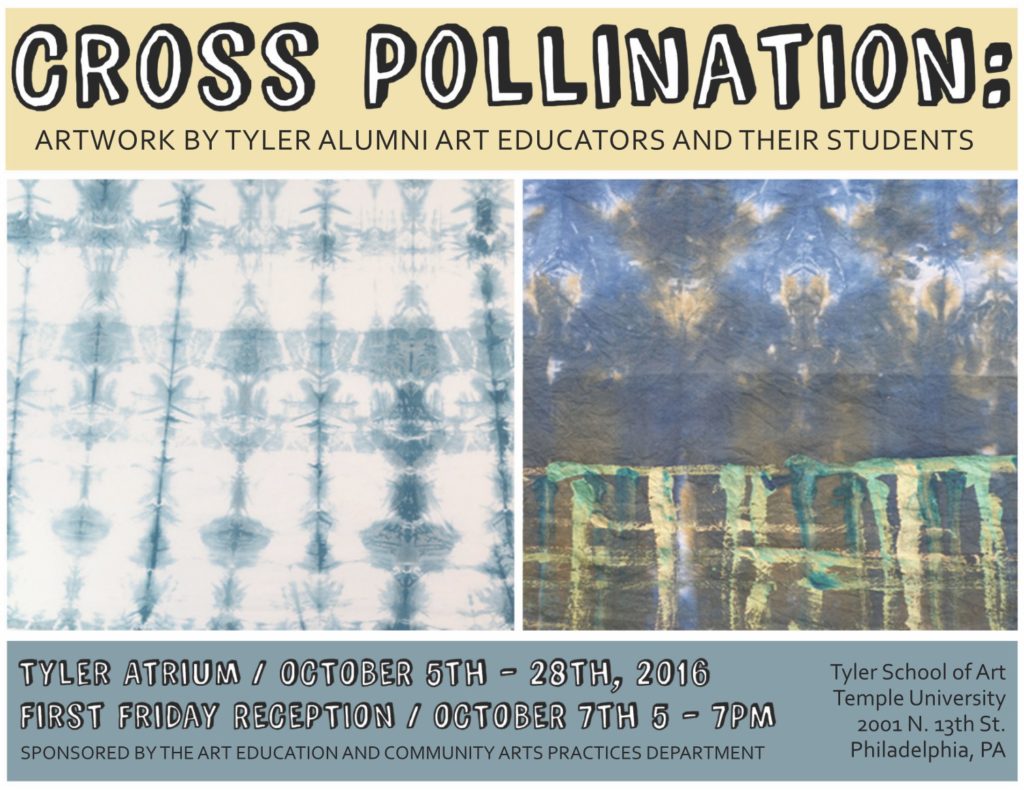
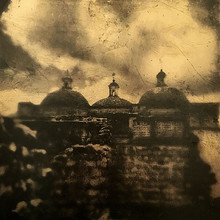
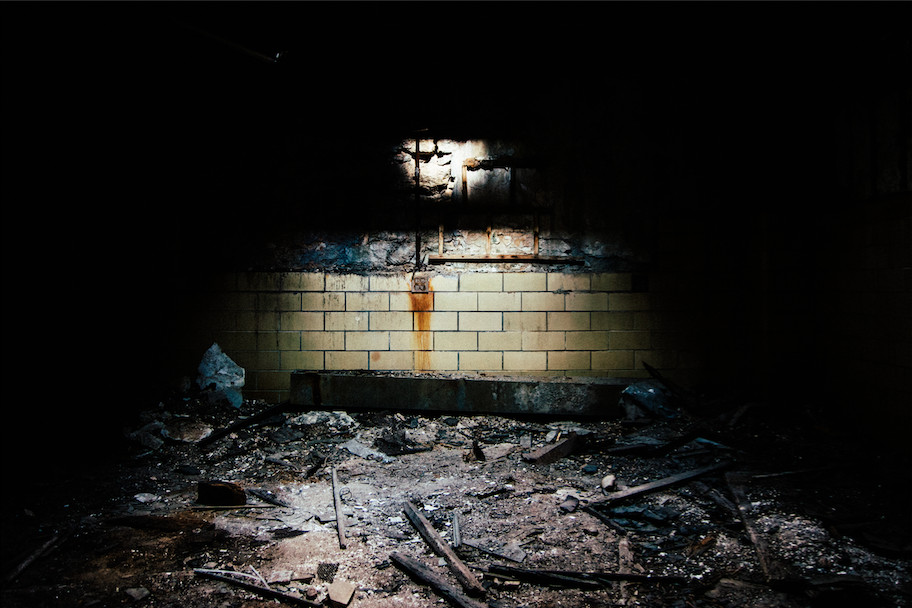
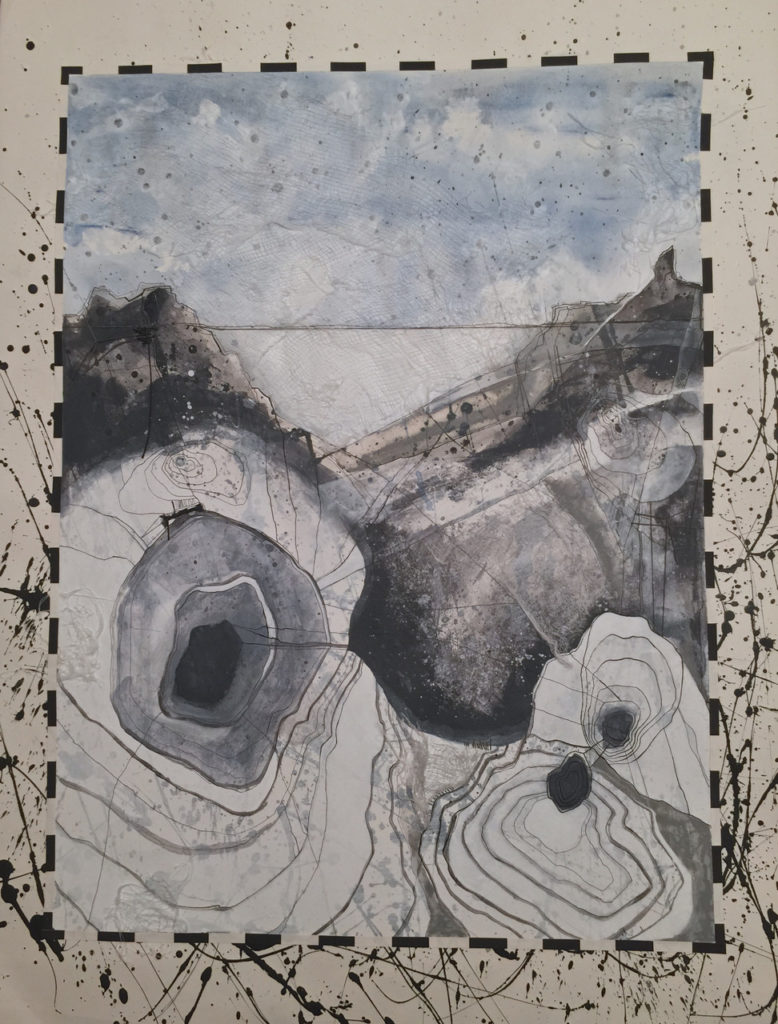



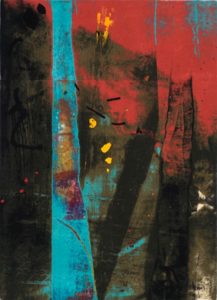
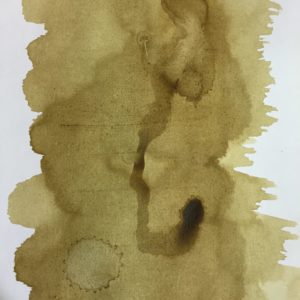
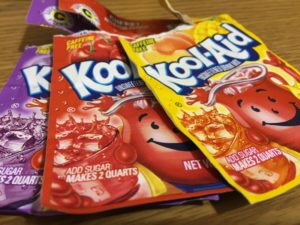
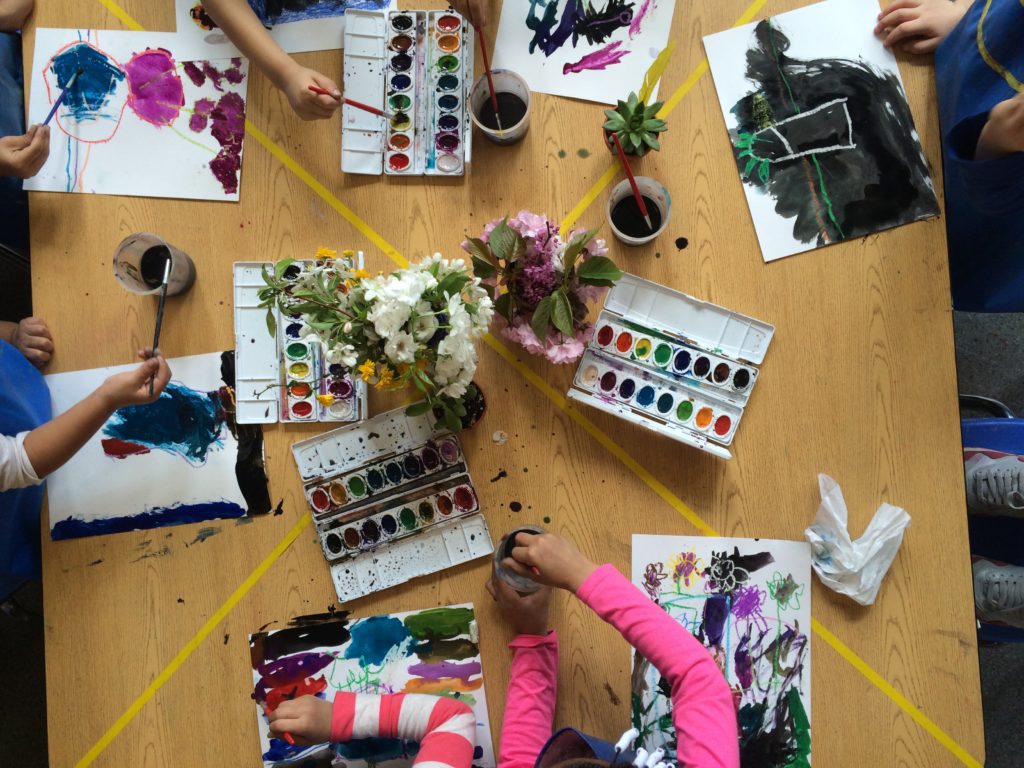
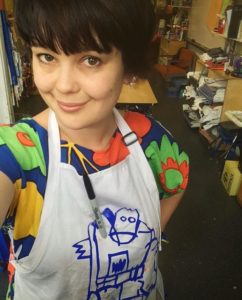
 D5 Creation
D5 Creation